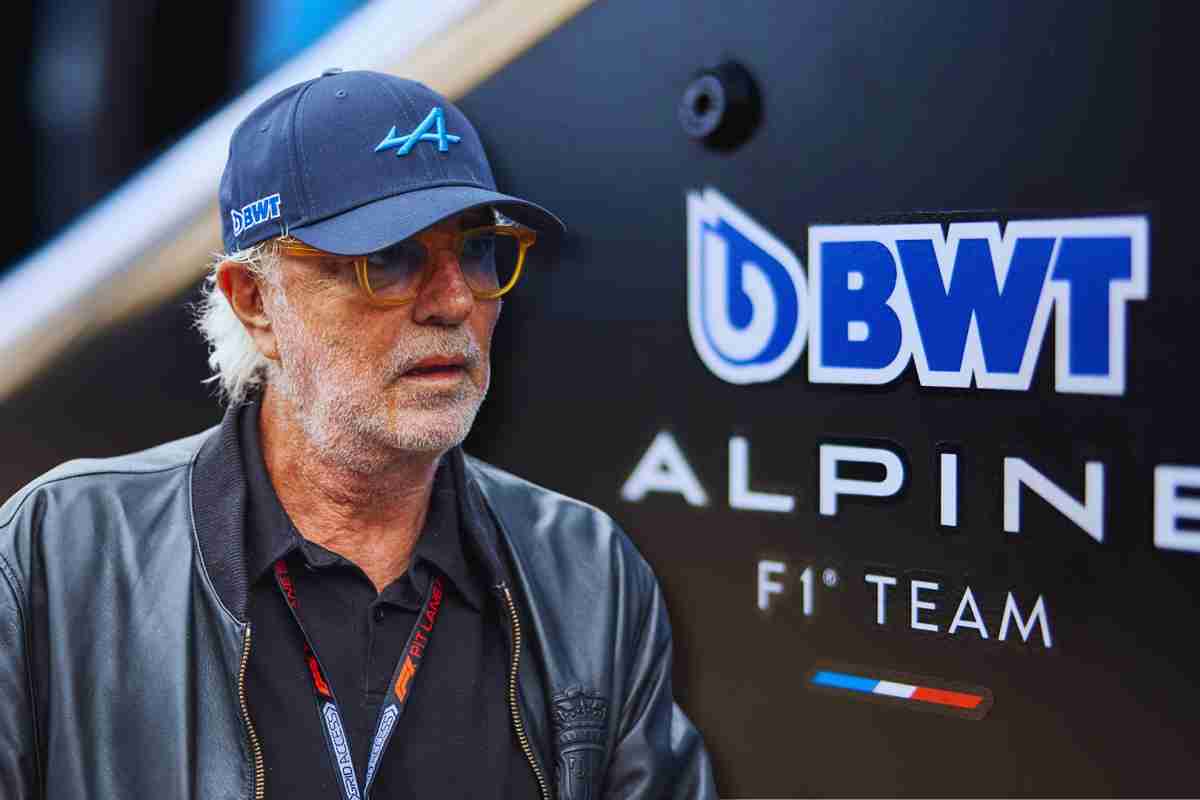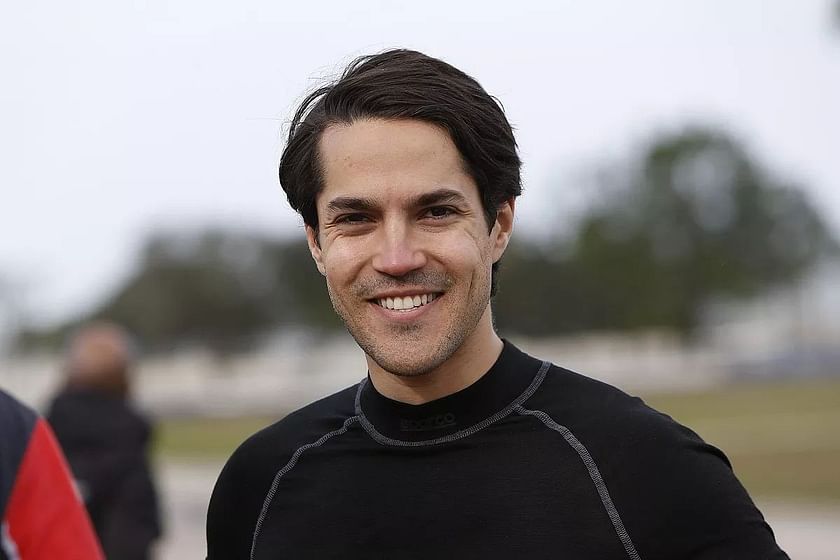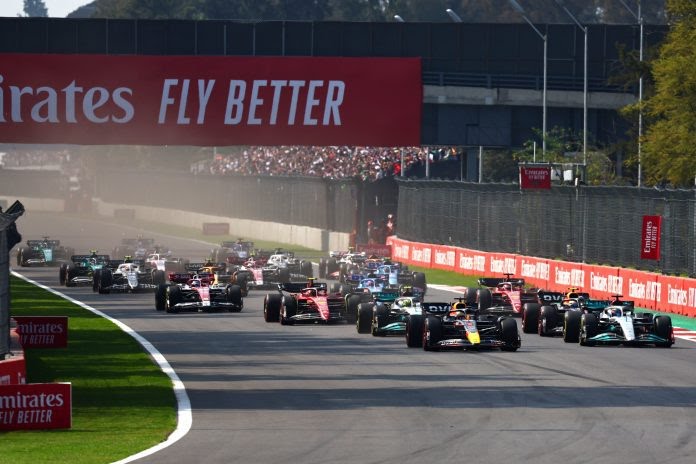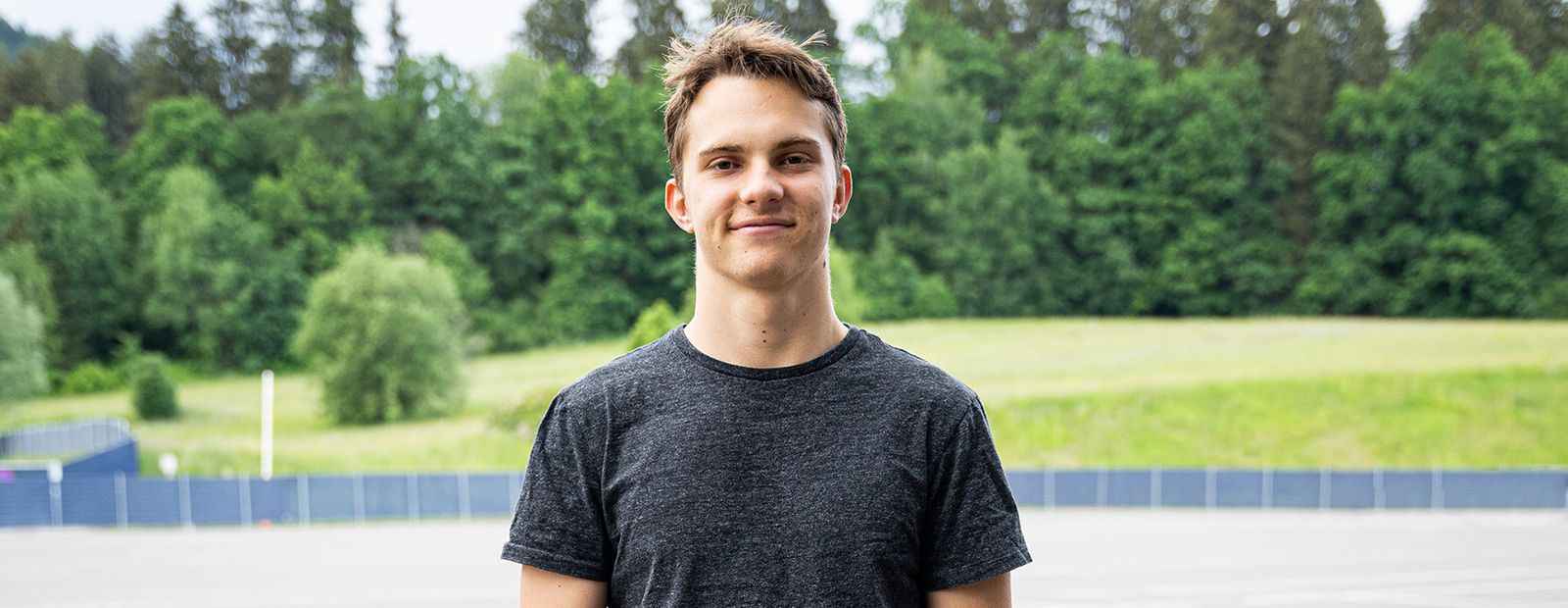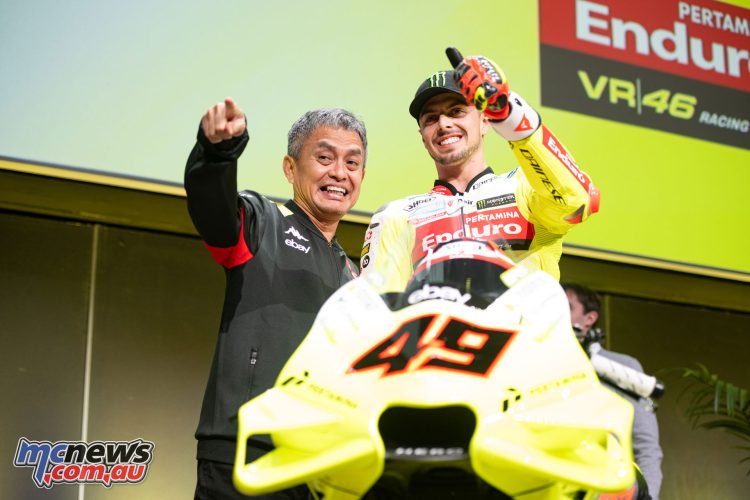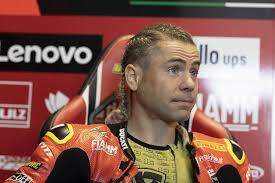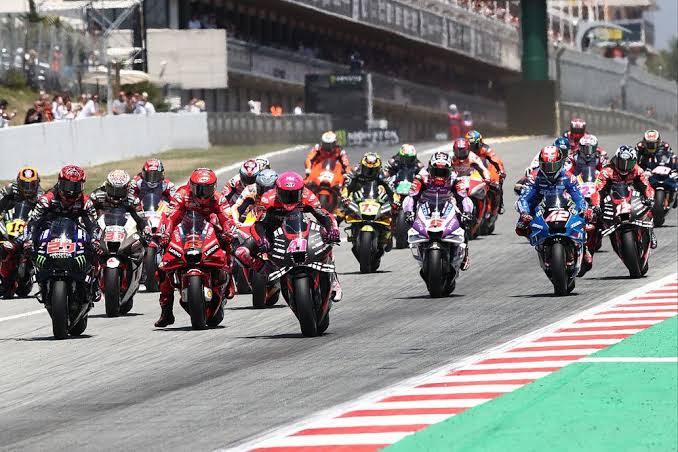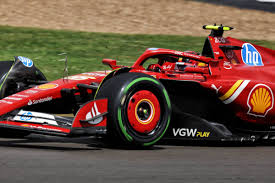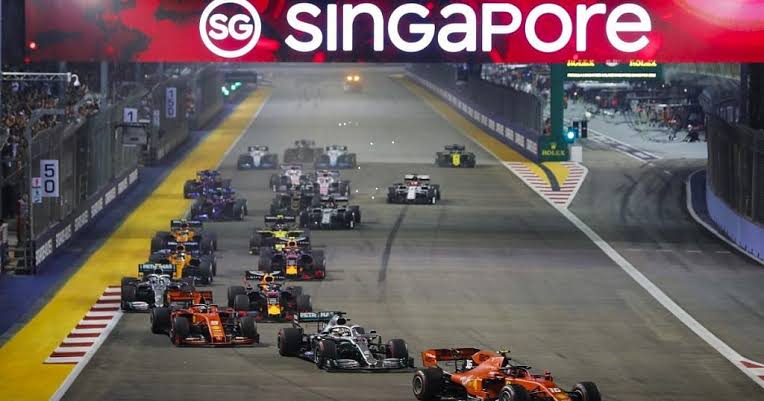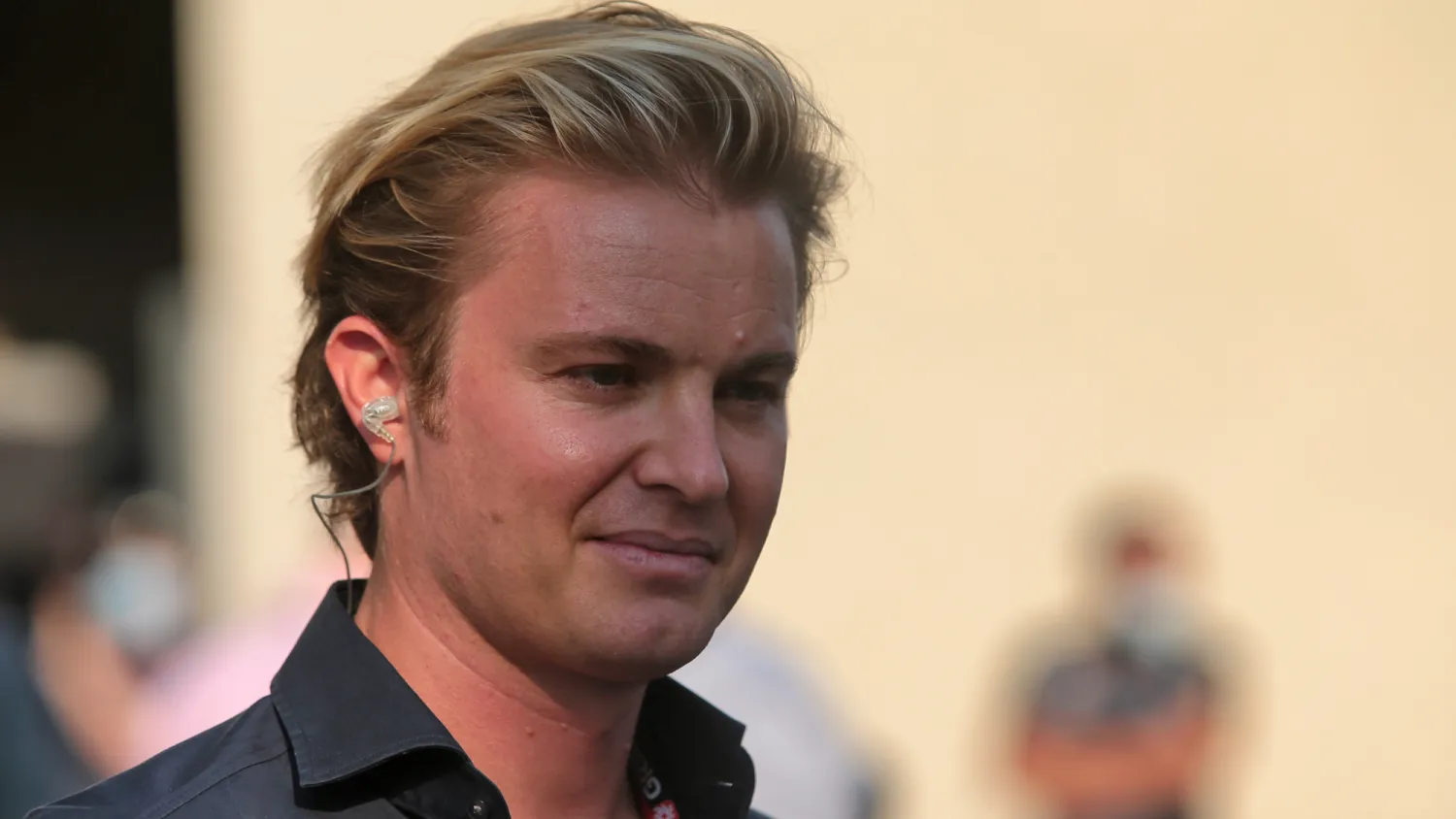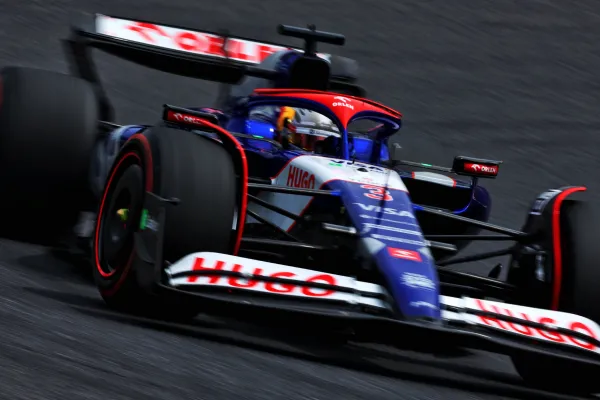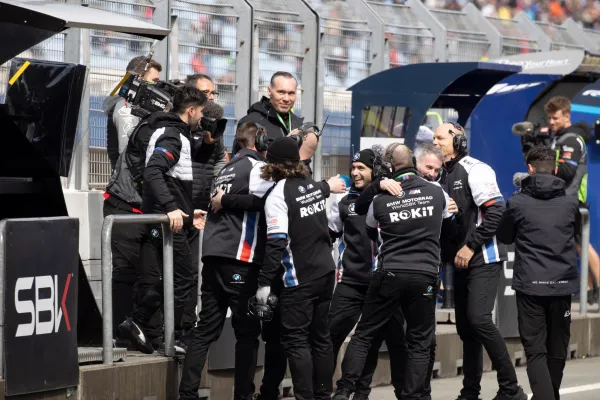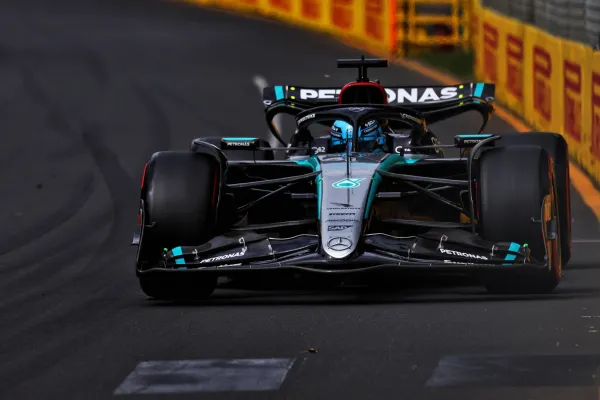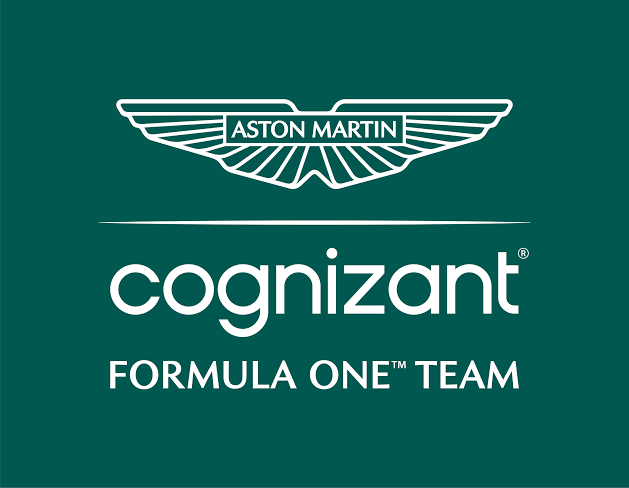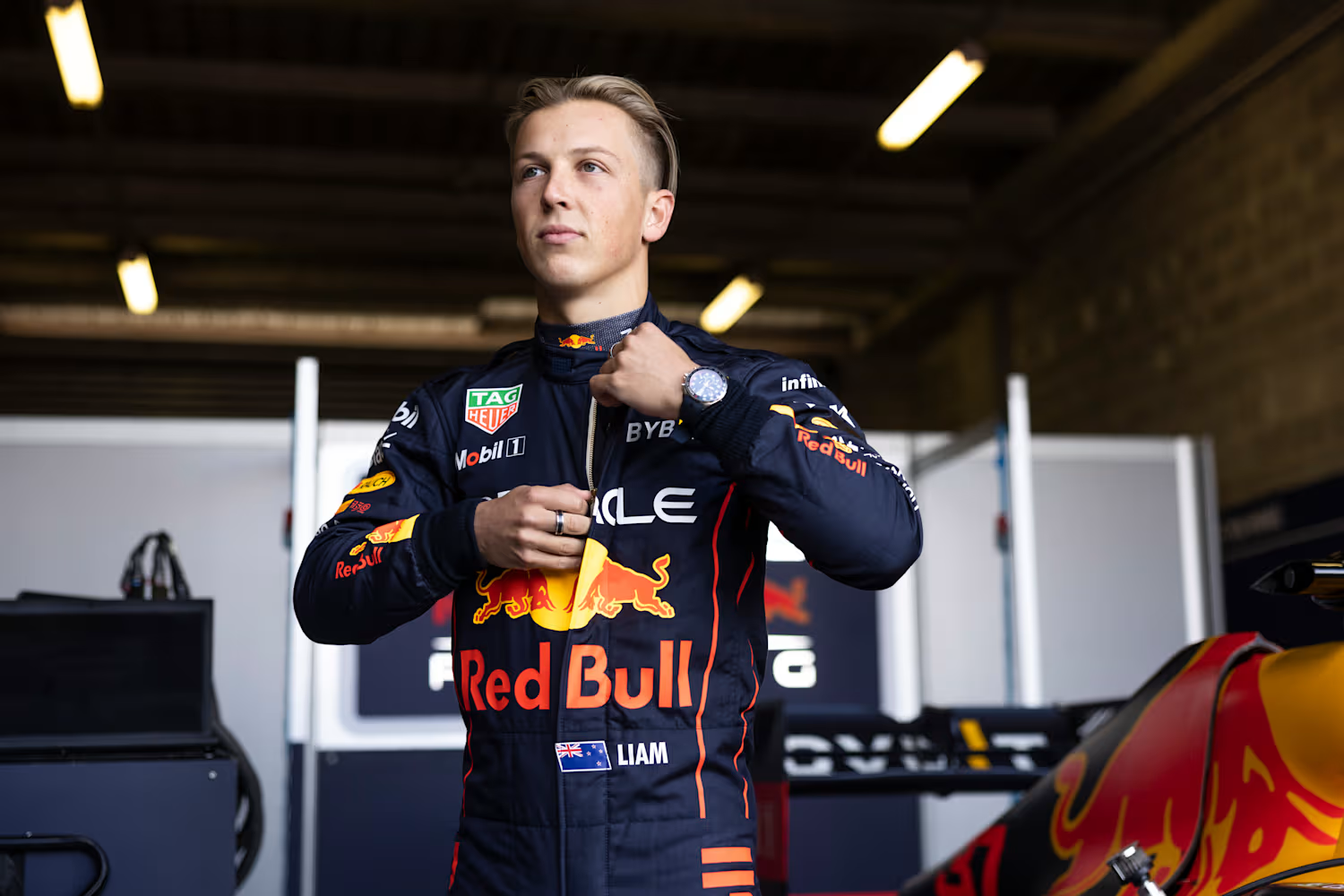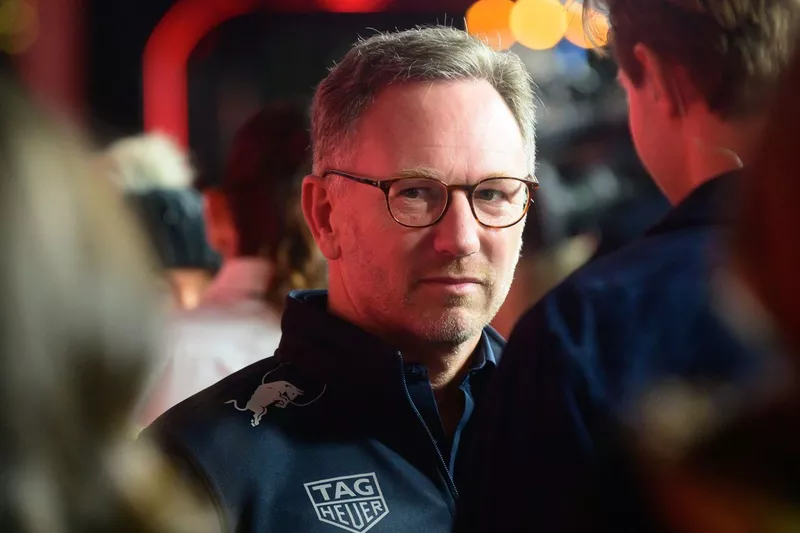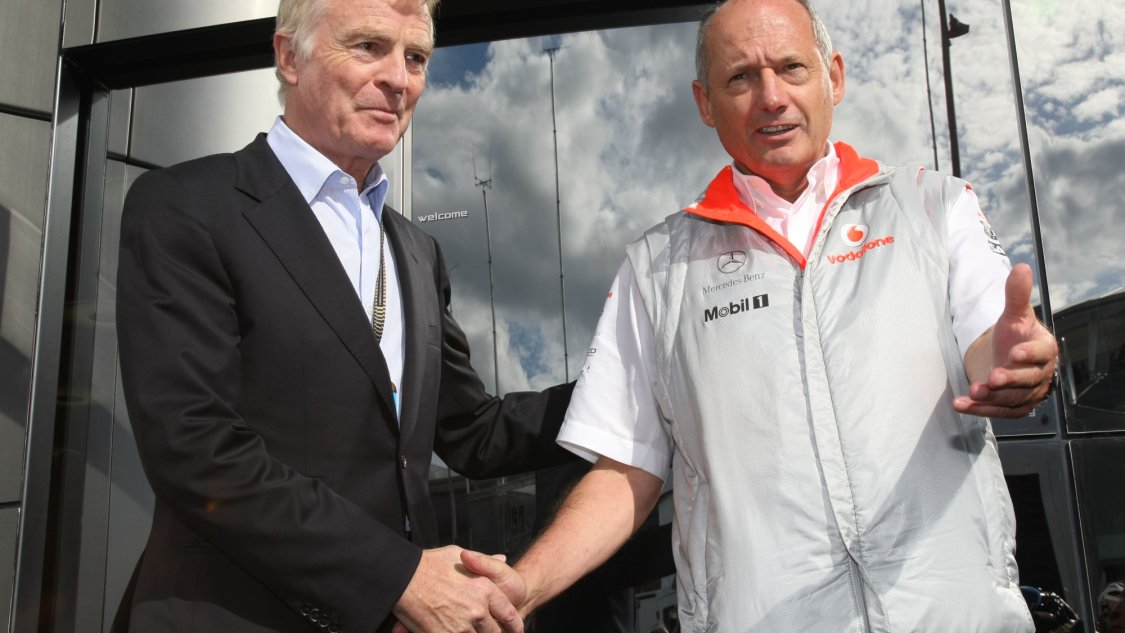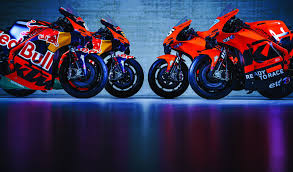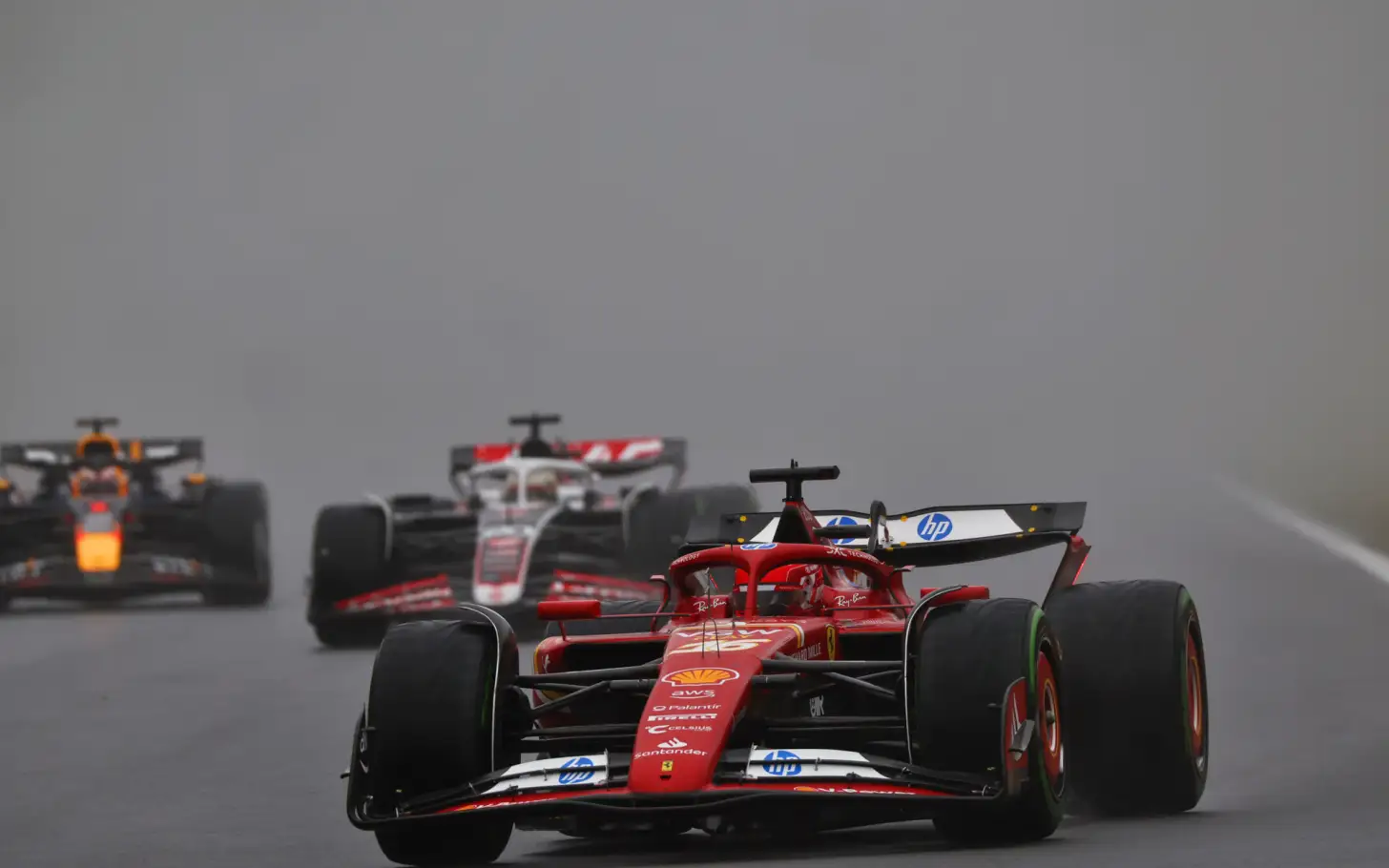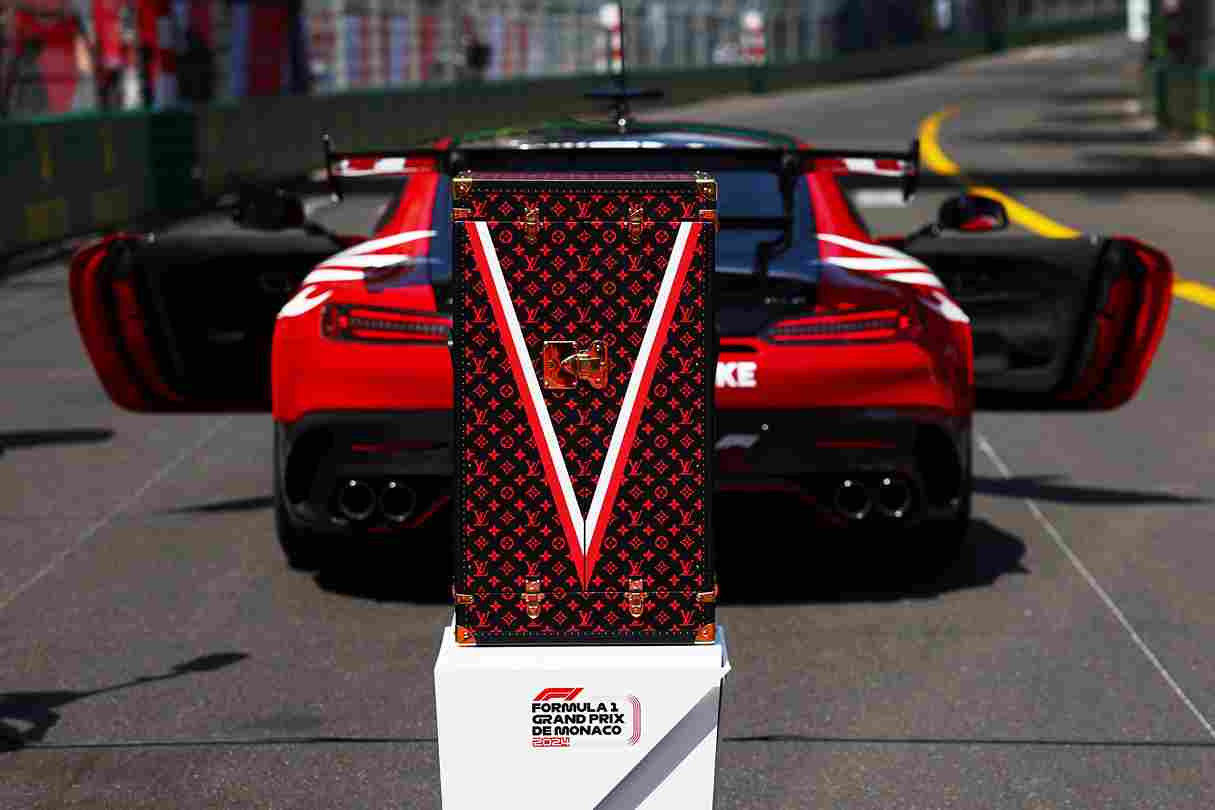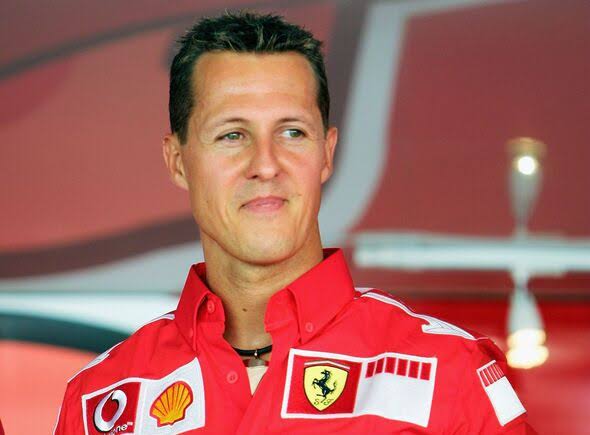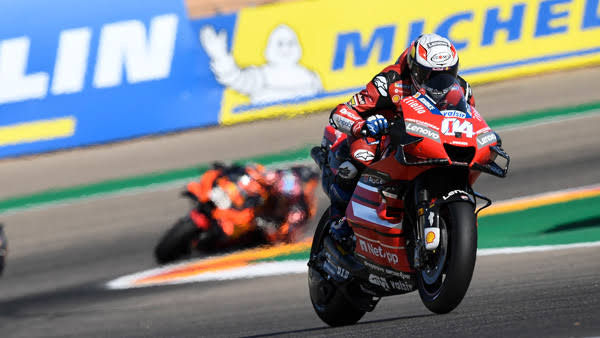Alpine F1 Team Announces Driver Change Ahead Of Japanese Grand Prix
In a bold and strategic move, the Alpine F1 Team has announced a driver swap ahead of the highly anticipated Japanese Grand Prix at Suzuka Circuit. This decision sees Australian rookie Jack Doohan stepping aside for the first practice session (FP1), allowing Japanese reserve driver Ryo Hirakawa to take the wheel of the A525 in front of his home crowd. The decision is part of Formula 1’s regulations that mandate teams to provide rookie drivers with track time during practice sessions throughout the season.
This announcement has sparked intrigue and debate among fans and pundits, as Alpine looks to balance its efforts to nurture young talent with the immediate need to improve its performance in a challenging season. With Hirakawa’s impressive motorsport credentials and Doohan’s determination to prove himself, this driver swap could have far-reaching implications for both Alpine’s future strategy and the Japanese Grand Prix weekend.
The Context Behind The Driver Swap
Alpine’s decision comes amidst a challenging 2025 season where the team is struggling at the bottom of the Constructors’ Championship standings. Jack Doohan, who joined Alpine as a full-time driver this year after serving as a reserve in 2024, has faced difficulties adapting to the demands of Formula 1. Despite showing promise in junior categories like Formula 2, where he secured multiple wins, Doohan has yet to score his first points in F1—a milestone he hopes to achieve soon.
Ryo Hirakawa, on the other hand, brings a wealth of experience from other motorsport disciplines. At 31 years old, Hirakawa is no stranger to high-pressure situations, having won the prestigious Le Mans 24 Hours race in 2022 and clinched two Hypercar championships in the FIA World Endurance Championship. His familiarity with Suzuka Circuit and his extensive racing pedigree make him an ideal candidate for this opportunity.
The decision aligns with F1’s rookie driver regulations, which require teams to field rookie drivers during four practice sessions per season—one per car. This rule was introduced to ensure that emerging talent gains valuable experience on F1 circuits while contributing to team development efforts.
Ryo Hirakawa’s Homecoming: A Moment Of Pride
For Hirakawa, this opportunity is more than just another race weekend—it’s a homecoming and a chance to showcase his skills on one of Formula 1’s most iconic tracks. Suzuka Circuit holds special significance for Japanese motorsport fans, and Hirakawa is eager to make his mark during FP1.
In a statement ahead of the Grand Prix, Hirakawa shared his excitement: “I’m very excited; I can’t wait to drive the A525 in Free Practice 1 this weekend. Suzuka is a track I know well and love driving on. It’s also special because it’s my home race.” He recalled his first experience watching Formula 1 at Fuji Speedway in 2007, noting how it inspired him to pursue a career in motorsport.
Hirakawa has been preparing rigorously for this moment. He recently completed simulator work at Alpine’s headquarters in Enstone, where he focused on understanding the car’s setup and providing feedback that could benefit the team throughout the race weekend. His participation in FP1 will not only be an opportunity for personal growth but also a chance to contribute valuable data that could aid Alpine in their quest for improved performance.
Jack Doohan: A Crucial Weekend Ahead
While Hirakawa takes center stage during FP1, Jack Doohan will return to action for FP2 and subsequent sessions. For Doohan, this weekend represents a critical juncture in his rookie season as he seeks to rebound from a tough start and prove his worth as an F1 driver.
Doohan has faced immense pressure since stepping into Formula 1, with expectations high due to his impressive performances in junior categories. However, adapting to the complexities of F1 machinery and competing against seasoned drivers has proven challenging. Despite these hurdles, Doohan remains optimistic about his potential and is determined to deliver results for Alpine.
The Japanese Grand Prix offers Doohan an opportunity to reset and focus on extracting maximum performance from his car. With Hirakawa providing initial feedback during FP1, Doohan will have valuable insights to build upon as he prepares for qualifying and race day.
Alpine’s Struggles And Strategic Vision
The driver swap comes at a time when Alpine is facing one of its most challenging seasons in recent memory. Currently sitting at the bottom of the Constructors’ Championship standings, the team has struggled with reliability issues, inconsistent pace, and difficulties in optimizing their car setup across various circuits.
Despite these setbacks, Alpine remains committed to its long-term vision of developing young talent while striving for competitive results. The inclusion of rookie drivers like Doohan and reserve drivers like Hirakawa underscores their dedication to nurturing future stars within Formula 1.
Alpine Team Principal Otmar Szafnauer addressed the decision ahead of Suzuka: “We’re excited to see Ryo take part in FP1 at Suzuka—it’s an important opportunity for him as well as for our team development efforts. Jack will return for FP2 and beyond as we continue working towards improving our performance this season.”
Szafnauer emphasized that while immediate results are important, Alpine also values the broader goal of fostering talent within its ranks—a philosophy that aligns with F1’s push for greater inclusivity and diversity within the sport.
The Significance Of Rookie Participation In Formula 1
Formula 1’s regulations requiring rookie participation during practice sessions reflect a broader effort by the sport’s governing body to create pathways for emerging talent. By mandating track time for rookies, F1 ensures that young drivers gain exposure to competitive environments while contributing valuable data that teams can use for development purposes.
For fans, these sessions offer a glimpse into the future stars of Formula 1—drivers who may one day compete for championships or redefine what it means to excel in motorsport. For teams like Alpine, rookie sessions provide an opportunity to evaluate talent while addressing immediate performance needs.
Hirakawa’s participation at Suzuka exemplifies how these regulations can benefit both drivers and teams. As he prepares for FP1, Hirakawa will focus on providing feedback that could help Alpine optimize their car setup—a task that requires precision, adaptability, and a deep understanding of racing dynamics.
Suzuka Circuit: A Legendary Venue For Motorsport
The Japanese Grand Prix at Suzuka Circuit is one of Formula 1’s most iconic events. Known for its challenging layout featuring high-speed corners like 130R and technical sections like the S-curves, Suzuka demands precision from drivers and engineers alike.
For Hirakawa, driving at Suzuka represents both a personal milestone and an opportunity to connect with passionate Japanese fans who have supported him throughout his career. His presence on track during FP1 will undoubtedly draw attention from local spectators eager to see their countryman compete at the highest level of motorsport.
Meanwhile, Jack Doohan will aim to capitalize on insights gained during FP2 as he navigates one of F1’s most demanding circuits—a challenge that could define his trajectory within Alpine and beyond.
Final Thoughts: A Pivotal Weekend For Alpine And Its Drivers
The driver swap announced by Alpine ahead of the Japanese Grand Prix highlights both challenges and opportunities facing the team this season. As Ryo Hirakawa steps into the spotlight during FP1 at Suzuka Circuit, fans will be watching closely to see how he performs under pressure while contributing valuable feedback for Alpine’s development efforts.
For Jack Doohan, this weekend represents a chance to reset and refocus amidst a challenging rookie season—a test of resilience that could shape his future within Formula 1. Both drivers have pivotal roles to play as Alpine navigates through one of its most difficult seasons yet.
As Suzuka Circuit prepares to host another thrilling chapter in Formula 1 history, Alpine’s strategic approach serves as a reminder that success in motorsport often requires balancing immediate results with long-term vision—a philosophy that continues to define their journey within F1.
This weekend promises excitement not only for fans but also for those invested in seeing how emerging talent shapes the future of Formula 1—a testament to why driver swaps like Alpine’s are more than just tactical decisions; they are moments that define careers and inspire audiences worldwide.
